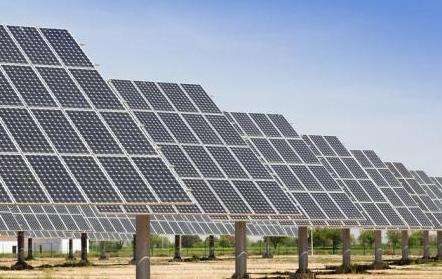The lifespan of wind turbines is 20 to 30 years.
A wind turbine is an electrical device that converts wind energy into mechanical work. The mechanical work causes the rotor to rotate and ultimately produces alternating current. Wind turbines generally consist of components such as a wind turbine, a generator (including devices), a deflector (tail), a tower, a speed-limiting safety mechanism and an energy storage device. A wind turbine is a device that uses wind energy to rotate blades to produce electrical energy. The lifespan of a wind turbine depends on many factors, including manufacturing quality, installation method, daily operation and maintenance, etc.
Generally speaking, the lifespan of wind turbines can reach more than 20 years, and up to 30 years. Therefore, when purchasing, installing and maintainingequipment, you should pay attention to the above factors to ensure that the wind turbine can extend its service life, thereby improving its economic and environmental benefits.
Presentation of the structure of wind turbines:
1. Engine Room: The engine room contains the key equipment of the wind turbine, including gearboxes and generators. Maintenance personnel can enter the nacelle through the wind turbine tower. The left end of the nacelle is the wind turbine rotor, that is, the rotor blades and shaft.
2. Rotor blades: capture the wind and transmit the wind force to the rotor shaft. On a modern 600-kilowatt wind turbine, each rotor blade is about 20 meters long and designed to resemble an airplane wing.
3. Axis: The rotor axle is attached to the low speed shaft of the wind turbine.
4. Low speed shaft: The low speed shaft of the wind turbine relie the rotor axis and the gearbox. On a modern 600 kW wind turbine, the rotor turns quite slowly, around 19 to 30 rpm. There are conduits in the shaft for the hydraulic system to activate the operation of the aerodynamic brake.














